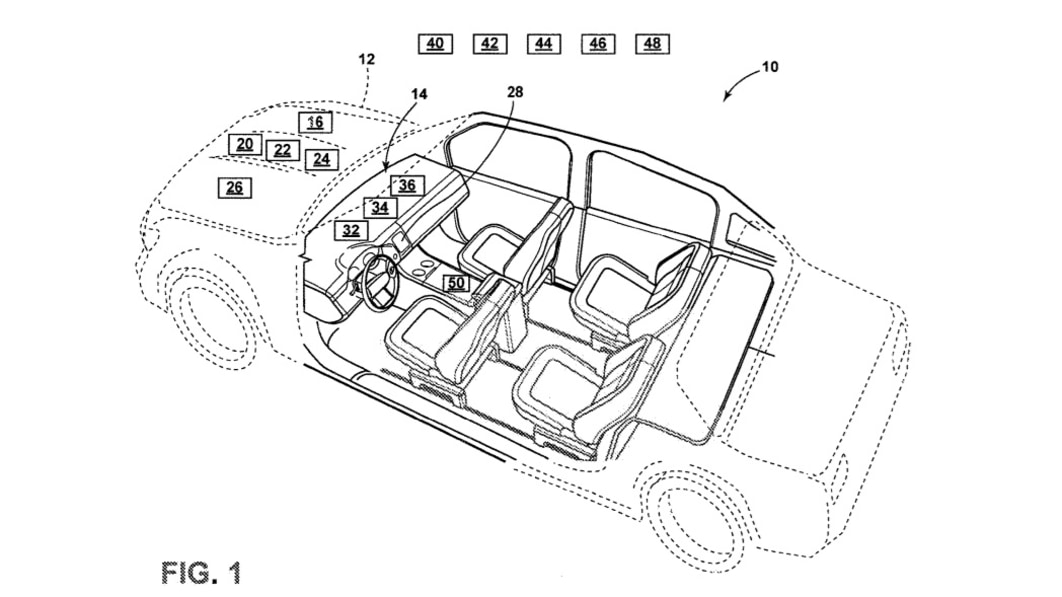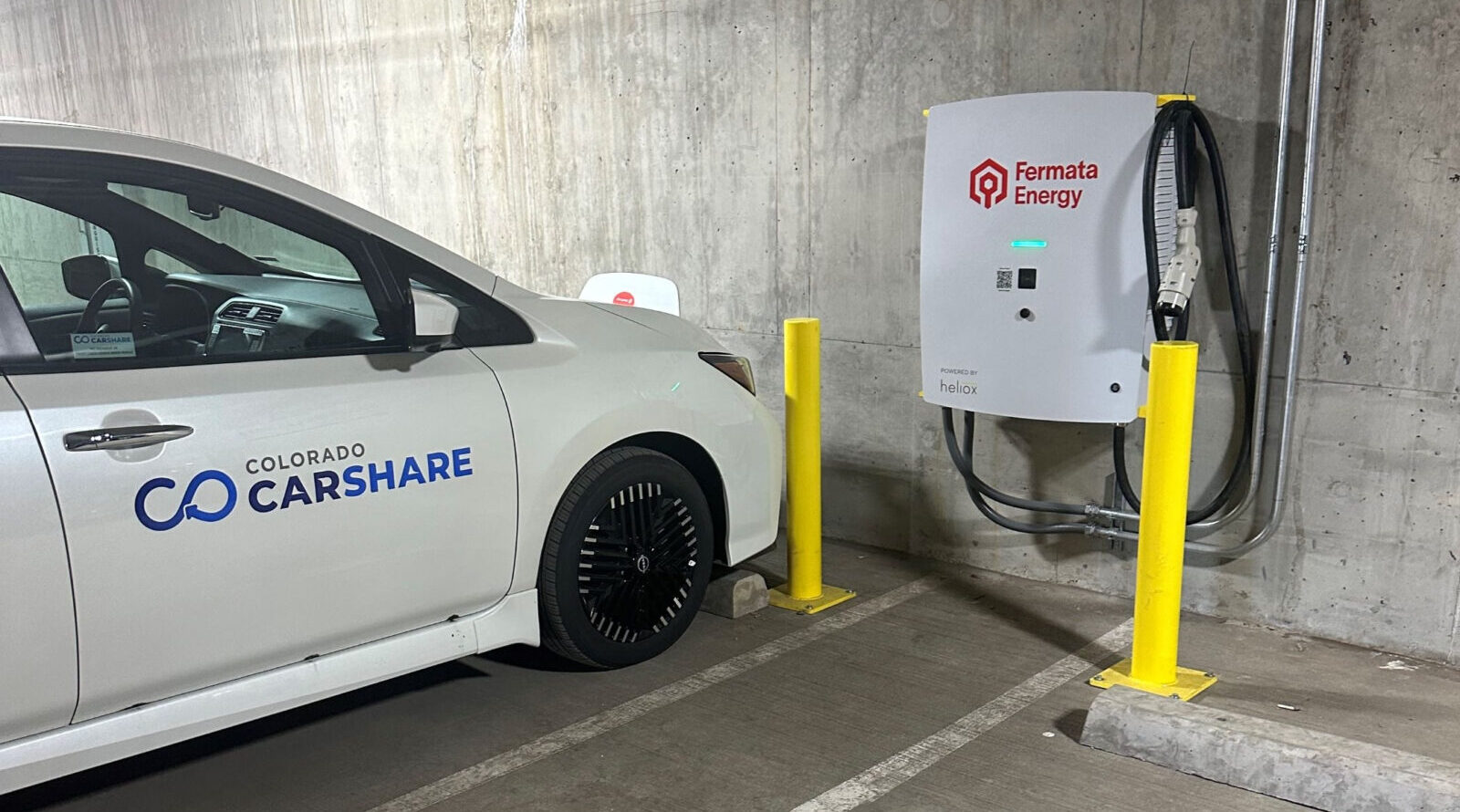
Study Finds Just 2.5% Of EVs Have Had Their Battery Replaced



General Motors has applied to patent a technology that takes driver-monitoring to a new level. The automaker outlined a system that analyzes the driver's behavior by reading data sent by onboard sensors — and can have the car take over if it detects unsafe behavior.
Filed in November 2022, and published in May 2024, the patent describes a "vehicle occupant mental well-being assessment and counter-measure deployment" system. The technology was developed by a General Motors subsidiary named GM Global Technology Operations, and it aims to intervene when it detects that stress — regardless of where it comes from — can affect the driver's ability to operate the car.
What's considered unsafe behavior depends at least somewhat on how you drive. The system first records data points to establish a profile of your driving habits. It then uses this information as a baseline to decide when you're driving erratically. For example, it detects your stop-start frequency, hard braking, hard accelerating, hard cornering, and excessive honking. Existing technology enables some of these features: The system knows whether you're obeying traffic signs, whether you're tailgating, and how strong of a grip you've got on the steering wheel.
The system can take several actions if it decides something isn't right, including asking the driver to perform "a mental health exercise," to call a friend or a family member, or to seek therapy from a trained professional. It can even initiate a call to "a trained advisor" on its own. Alternatively, it can leverage the onboard electronic driving aids to "autonomously [control] one or more driving functions of the vehicle."
General Motors hasn't commented, and it hasn't revealed when (or even if) it plans to deploy this driver-monitoring system. Keep in mind that a patent application isn't a guarantee that the technology it describes will see the light at the end of a production line. Toyota once patented a "shape-morphing fuselage for an aerocar" yet the new Land Cruiser was unveiled without wings or a flight mode.
Filed under: GM,Technology

Continue reading GM seeks to patent a system that evaluates your mental well-being
GM seeks to patent a system that evaluates your mental well-being originally appeared on Autoblog on Tue, 21 May 2024 11:53:00 EDT. Please see our terms for use of feeds.
Permalink | Email this | Comments
Another new sedan due this year from XPeng as He Xiaopeng talks about the company's plans going forward and boosting sales.
The post XPeng sales to get big Q4 boost by new sedans and exports appeared first on CarNewsChina.com.

NASA's "Moon to Mars" project aims to establish a human settlement on the surface of the moon and ultimately reach the Red Planet. Making it happen safely and comfortably requires setting up an infrastructure that could include a floating railway used to move tools and materials.
The technology is called Flexible Levitation on a Track (FLOAT), and it's described as "a durable, long-life robotic transport system." NASA has identified two main use cases: It can transport regolith mined for construction purposes, which would save astronauts the trouble of flying in cement and cinder blocks from Earth, and it can move payload such as tools from the lunar base to other landing zones or outposts.
You're on the wrong track, literally and figuratively, if you're picturing a big locomotive and a mile-long string of graffiti-ridden train cars. In some ways, it's closer to the Rainbow Road level you find in nearly every version of Mario Kart. The FLOAT system relies on unpowered magnetic robots that levitate over a three-layer flexible film track, according to NASA. One is a graphite layer that allows the robots, which have no moving parts, to float using diamagnetic levitation. Another is a flex-circuit layer that generates the electromagnetic thrust that moves the robots down the tracks. The third is optional: It's a thin-film solar panel that makes power for a hypothetically nearby lunar base.
One of the advantages of this system is that it rolls out — it almost sounds like a big rug. There's no need to prepare the ground, which saves time and leaves the surface of the Moon relatively intact, yet a large-scale FLOAT system will be capable of moving over 200,000 pounds of payload several miles per day. It will be fully autonomous, too, so don't look for a "moon train conductor" job offer on LinkedIn.
Engineers have several hurdles to clear before the FLOAT system becomes a reality. The next step is to design, build, and test a sub-scale prototype and investigate what effect factors like temperature, radiation, and lunar regolith simulant contamination have on the system's performance. Manufacturing-related questions need to be answered as well. You can't build the FLOAT system with off-the-shelf parts.
The FLOAT system is one of several ideas NASA selected for Phase II of the NASA Innovative Advanced Concepts (NIAC) project, whose goal is to encourage the development of new technologies that might lead to breakthroughs in space exploration programs, including "Moon to Mars." Another idea is the Pulsed Plasma Rocket, which could put a human on Mars. The spacecraft is capable of making the trip to Mars in about two months, according to simulations. Alternatively, it's powerful enough to transport heavy spacecraft across the galaxy.
Filed under: Weird Car News,Technology,Space

Continue reading NASA wants to build a floating railway on the moon
NASA wants to build a floating railway on the moon originally appeared on Autoblog on Tue, 21 May 2024 10:27:00 EDT. Please see our terms for use of feeds.
Permalink | Email this | Comments

Filed under: Green,Honda,Hatchback,Hybrid,Sedan

Continue reading 2025 Honda Civic Hybrid revealed, plus Civic-wide design and tech updates
2025 Honda Civic Hybrid revealed, plus Civic-wide design and tech updates originally appeared on Autoblog on Tue, 21 May 2024 09:00:00 EDT. Please see our terms for use of feeds.
Permalink | Email this | Comments